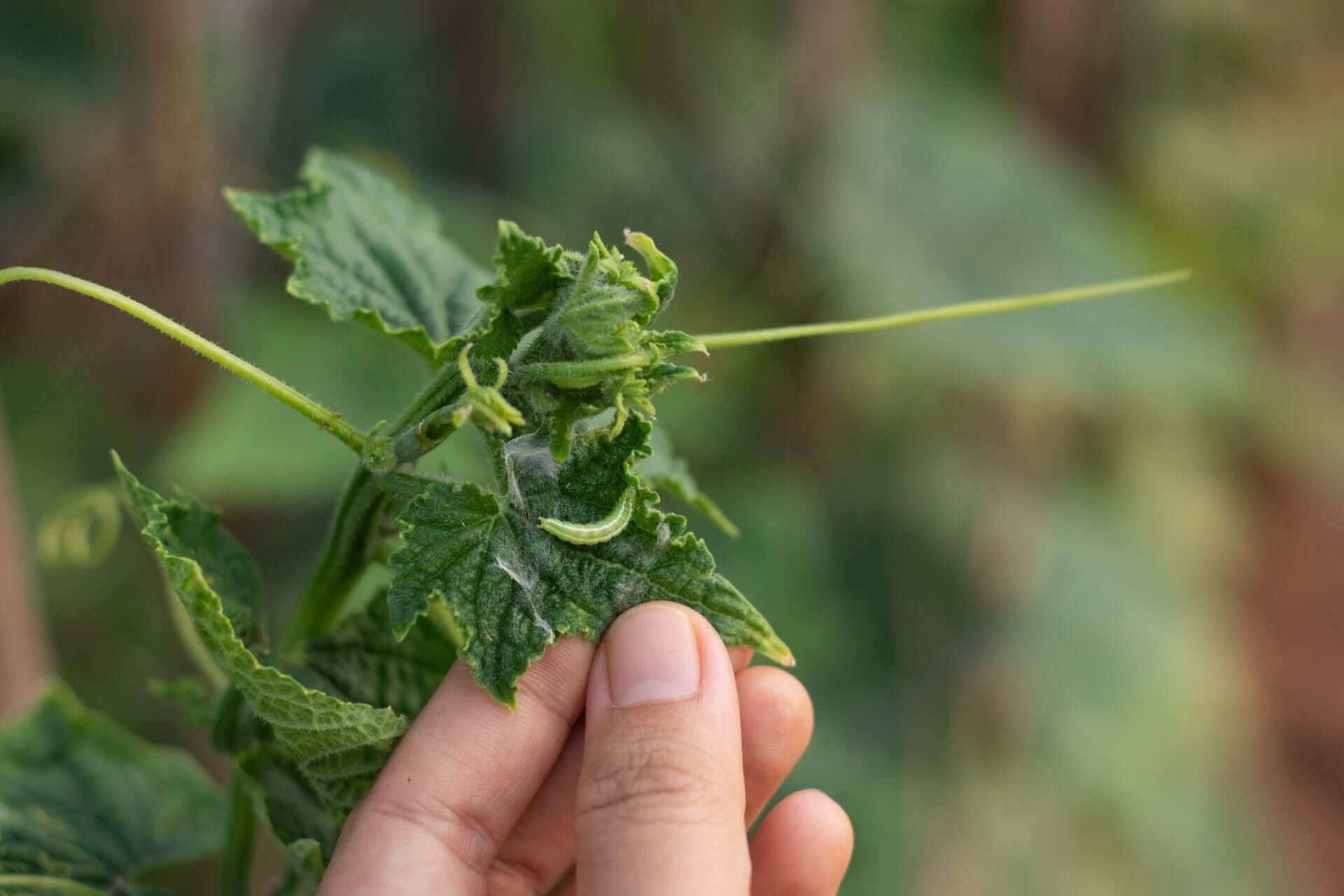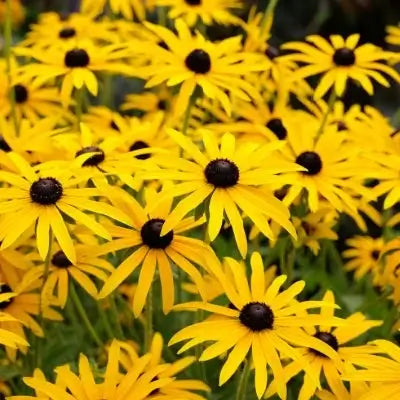Embracing Nature's Resilience:
Drought-Resistant Native Plants
In a world where climate change and water scarcity are becoming increasingly pressing, conserving water resources is paramount. Drought-resistant native plants emerge as eco-friendly champions in sustainable landscaping and gardening practices. These plants have adapted over generations to thrive in arid and semi-arid environments, making them resilient to water shortages and essential for promoting biodiversity, preserving soil health, and enhancing the beauty of landscapes. This article delves into the significance of drought-resistant native plants, their benefits, and their role in fostering a more sustainable and resilient future.
The Significance of Drought-Resistant Native Plants
Drought-resistant native plants have evolved to survive in regions with limited water availability. Their adaptations allow them to retain moisture, reduce water loss, and efficiently utilize available resources. Using these plants in landscaping and gardening presents numerous benefits beyond water conservation.
Biodiversity Preservation:
Native plants play a crucial role in maintaining local ecosystems. By using drought-resistant native plants in landscaping, we help preserve the natural biodiversity of an area. These plants provide habitats and food sources for various insects, birds, and other wildlife, contributing to the ecosystem's overall health.
Soil Health and Erosion Control:
Drought-resistant native plants have extensive root systems that help prevent soil erosion. These root systems also improve soil structure and increase water-holding capacity, allowing rainwater to infiltrate more effectively. As a result, soil health is maintained, reducing the need for chemical fertilizers and pesticides.
Low Maintenance and Water Savings:
Once established, drought-resistant native plants typically require minimal care. Their natural adaptations mean they can thrive with less water and fewer interventions, reducing the need for irrigation and maintenance. It leads to significant water savings and lowers the overall environmental impact of gardening and landscaping.
Resilience to Climate Extremes:
As climate change brings about more frequent and intense droughts, native plants' resilience becomes even more valuable. These plants are well-suited to survive and thrive during water scarcity and extreme weather events, helping maintain landscapes' visual appeal despite changing conditions.
Reduced Carbon Footprint:
Traditional gardening practices often involve transporting and using non-native plants, which can increase greenhouse gas emissions. Using drought-resistant native plants eliminates the need for such practices, reducing the carbon footprint associated with landscaping.
Water Conservation:
Drought-resistant native plants are champions of water conservation. By embracing these plants, we reduce the demand for irrigation, which accounts for a significant portion of water consumption in many regions. It, in turn, helps alleviate pressure on local water sources.
Selecting and Cultivating Drought-Resistant Native Plants
Establishing and cultivating drought-resistant native plants require careful consideration of local climate, soil conditions, and plant characteristics. Native plants are adapted to the specific needs of their region, making them naturally more suited to local environments. Here are steps to effectively choose and cultivate these plants:
Research Local Species: Familiarize yourself with the native plant species that thrive in your region. Local botanical gardens, native plant societies, and online resources can provide valuable information on suitable plant choices.>Consider Plant Characteristics: Look for deep root systems, waxy or hairy leaves, and water-storing structures. These adaptations are indicative of a plant's ability to withstand drought conditions.
Soil Preparation: Understand your soil type and make any necessary amendments to improve its structure and water retention capabilities. Well-prepared soil ensures that plants can access nutrients and water efficiently.
Proper Planting Techniques: Follow recommended planting guidelines, ensuring appropriate spacing and depth. Proper planting techniques promote healthy root growth and overall plant development.
Mulching and Irrigation: Apply a layer of organic mulch around plants to help suppress weeds and regulate soil temperature. While native plants require less irrigation, providing water during establishment is crucial.
Maintenance and Growth: As native plants establish themselves, monitor their growth and address any issues promptly. Pruning, pest control, and occasional watering may be required, especially during the early stages.
Examples of Drought-Resistant Native Plants>A diverse range of drought-resistant native plants exist, each offering unique aesthetics and benefits to the landscape. Here are a few examples from various regions:
Lavender (Lavandula spp.): Known for its aromatic fragrance and purple spikes, lavender is drought-tolerant and thrives in Mediterranean climates.
Yucca (Yucca spp.): With its dramatic sword-like leaves, yucca is a striking addition to arid landscapes. It requires minimal water and can endure harsh conditions.
California Poppy (Eschscholzia californica): This vibrant orange flower is well-adapted to California's dry summers. It reseeds easily and adds a splash of color to gardens.
Black-Eyed Susan (Rudbeckia hirta): Native to North America, black-eyed Susan's feature cheerful yellow flowers with dark centers.
Agave (Agave spp.): These succulent plants come in various shapes and sizes and are well-suited to desert environments. They store water in their leaves, making them highly drought-resistant.
Drought-resistant native plants are beautiful additions to landscapes and crucial components of sustainable ecosystems
Their ability to thrive in water-scarce environments makes them valuable allies in our efforts to conserve water, preserve biodiversity, and adapt to a changing climate.
We contribute to a more resilient and harmonious coexistence with nature by embracing these plants in our gardening and landscaping practices. As we face the challenges of water scarcity and climate change, drought-resistant native plants stand as beacons of hope, embodying nature's resilience and adaptability.
In a world increasingly characterized by changing climate patterns and growing water scarcity concerns, these plants offer a sustainable and visually appealing solution for homeowners, landscapers, and environmental enthusiasts alike.
As traditional gardening practices clash with the imperative to conserve water, these plants provide a harmonious bridge between aesthetics and environmental responsibility.
Furthermore, these native plants promote biodiversity by creating habitats for local wildlife, including birds, insects, and pollinators. This interaction between flora and fauna enhances the overall health of ecosystems, contributing to the delicate balance of nature. Gardens featuring drought-resistant native plants become sanctuaries not only for human enjoyment but also for the countless species that depend on these plants for sustenance and shelter.
In conclusion, drought-resistant native plants symbolize a harmonious blend of practicality and aesthetics. Their ability to thrive in challenging conditions while simultaneously delivering stunning visual displays is a testament to the power of nature's adaptation.
By embracing these plants in our landscapes, we adopt a sustainable approach to gardening that celebrates the unique beauty of our local ecosystems and contributes positively to the broader environmental landscape.












































































































